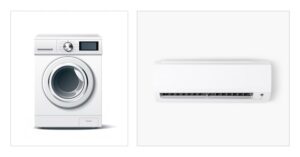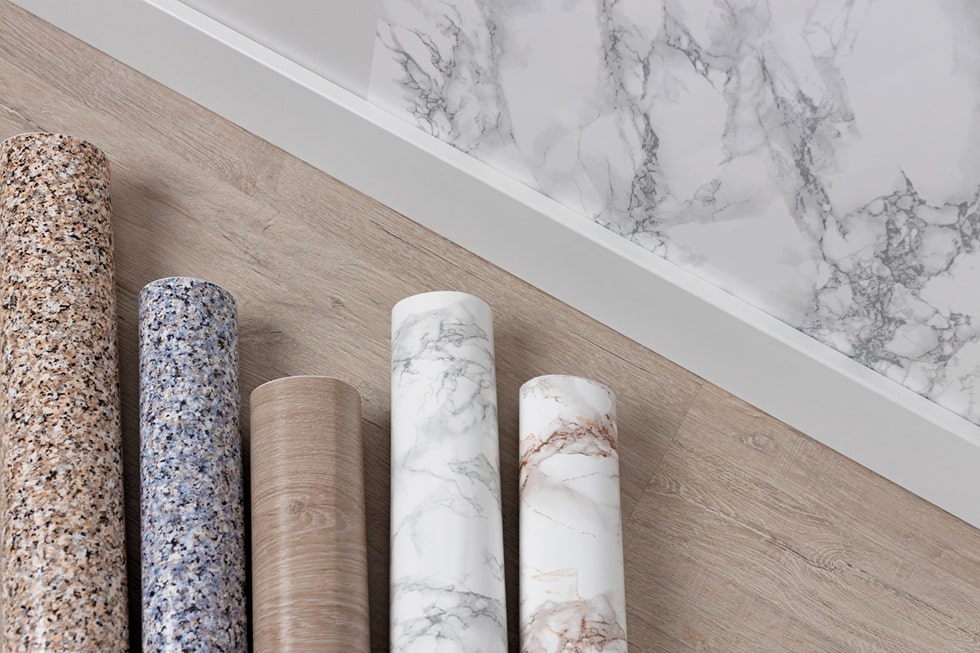Introduction
In today’s fast-paced industrial environment, product quality and appearance matter more than ever. Whether it’s the gleaming body of a car, the scratch-free screen of an appliance, or the polished panel of a construction material, preserving surface integrity during manufacturing, transportation, and installation is critical.
To achieve this, industries depend heavily on protective solutions. Two broad categories dominate the landscape: Surface Protection Films and Traditional Protective Materials like craft paper, foam, bubble wrap or cloth. But which one truly stands out?
Let’s explore the major differences, advantages, and limitations of both to help you make an informed decision.
1. Material Composition and Customization
Surface Protection Films are typically made from advanced polymers such as polyethylene (PE) or polypropylene (PP), coupled with pressure-sensitive adhesives. They are engineered to bond gently with various surfaces — whether glossy, matte, metallic, painted, plastic, or textured. These films can be customized based on adhesion level, thickness, UV resistance, or application duration, offering precise solutions for different materials and environments.
Traditional Protective Materials, on the other hand, are more generic in nature. craft paper, foam padding, bubble wrap, and fabric covers serve the basic purpose of cushioning or covering. However, these materials aren’t surface-specific. They may overprotect or underperform, and often require manual adjustments or extra layering, leading to inefficiencies.
Verdict: Surface Protection Films provide superior precision and adaptability, tailored for modern industrial needs.

2. Application and Removal
Speed and convenience are crucial in high-volume environments. Surface protection films are designed for quick application -often by hand or automated dispensers and clean removal, leaving no residue or adhesive marks. This is especially beneficial in industries like automotive, electronics and appliances, where appearance directly affects value.
In contrast, Traditional Protective Materials need to be manually taped, tied or wrapped. Not only is this time-consuming, but removal can also be messy. Tape may leave adhesive residue, cloth may shed lint, and foam can tear apart, leaving behind unwanted particles.
Verdict: Surface Protection Films win hands down when it comes to time-saving and labor efficiency.

3. Performance Under Real-World Conditions
Surface protection is only as good as its ability to hold up against real-world challenges — abrasion, impact, UV exposure, moisture, and chemicals.
Surface Protection Films are designed to resist:
- UV degradation (ideal for outdoor storage or transit)
- Chemicals and oils (common in manufacturing)
- Scratches and scuffs
- Humidity and moisture penetration
These films maintain their position without slipping or curling, providing stable protection for extended periods.
Traditional Protective Materials like paper or foam may deteriorate quickly:
- Paper absorbs moisture, weakening its structure
- Foam can compress, sag, or tear
- Bubble wrap may burst under pressure
- Cloth can trap dust or dirt
Over time, these weaknesses can lead to surface damage or contamination.
Verdict: Surface Protection Films clearly outperform in durability and reliability.
4. Environmental Considerations
With increasing emphasis on sustainability, companies are re-evaluating the environmental impact of packaging and protective materials.
Many modern Surface Protection Films, such as those from Ecoplast, are engineered to be recyclable or made with partially recycled content. They’re designed for single-use efficiency but with a minimal ecological footprint. Some variants are also compliant with RoHS and REACH environmental standards.
Traditional Materials often fail this test:
- Bubble wrap and multi-layer foams are difficult to recycle
- Fabric and plastic composites often end up in landfills
- Excess use of non-recyclable tape and adhesives increases waste
Moreover, the bulkiness of traditional materials contributes to increased storage, transportation volume, and carbon footprint.
Verdict: Surface Protection Films are the smarter, more eco-conscious choice.
5. Cost Implications
While Surface Protection Films might appear more expensive upfront than craft paper or foam, their total cost of ownership tells a different story.
Here’s why:
- Less material is needed due to precise sizing and adhesion
- Faster application and removal reduce labor hours
- Fewer product rejections or surface damages occur
- Cleaner workspaces mean reduced cleanup and maintenance costs
Traditional Protective Materials, while cheaper per unit, often require:
- More layers for the same protection level
- Additional labor to secure and remove
- Increased chances of damage leading to rework or replacement
Verdict: Over time, Surface Protection Films prove to be more cost-effective and resource-efficient.
Conclusion
When evaluating Surface Protection Films vs. Traditional Protective Materials, the distinction becomes clear across all critical parameters -performance, customization, application, sustainability, and cost.
Surface protection films are not just protective layers; they are intelligent solutions engineered to enhance operational efficiency and product quality. For industries that value appearance, precision, and sustainability, they offer a significant edge over outdated, bulky protective materials.
If you’re considering upgrading your surface protection strategy, explore the range of advanced, customizable films from Ecoplast – a trusted name in smart surface protection. Engineered with innovation, built for performance, and designed for the future, Ecoplast’s films help your business protect better, faster, and greener.
Contact Ecoplast Today:
Email: [email protected]
Website: www.ecoplastindia.com
Phone: +91-22-2683 3452 / +91-22-2683 1403
contact us at: +91-22-2683 3452 / +91-22-2683 1403, or drop an email at: [email protected]



